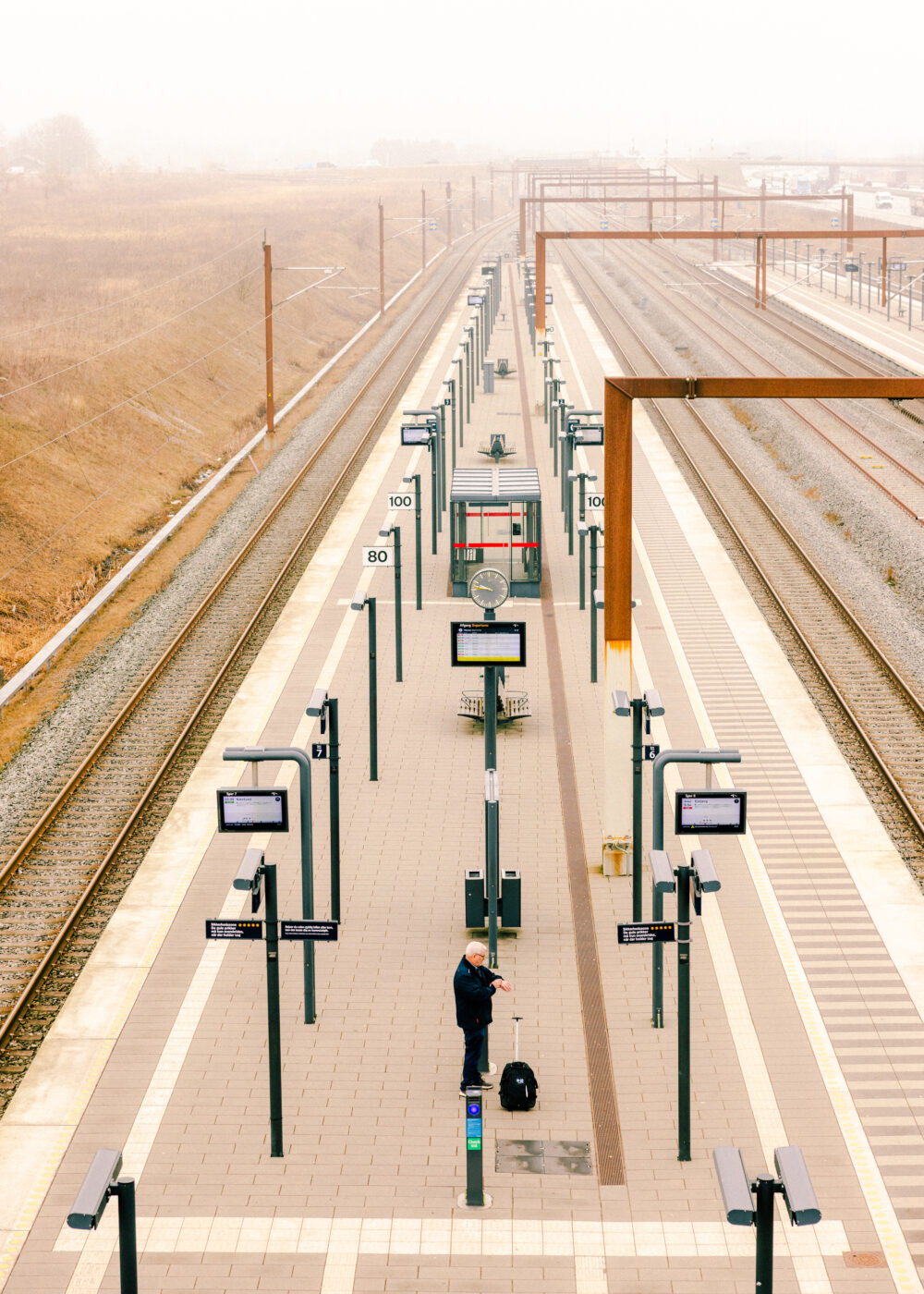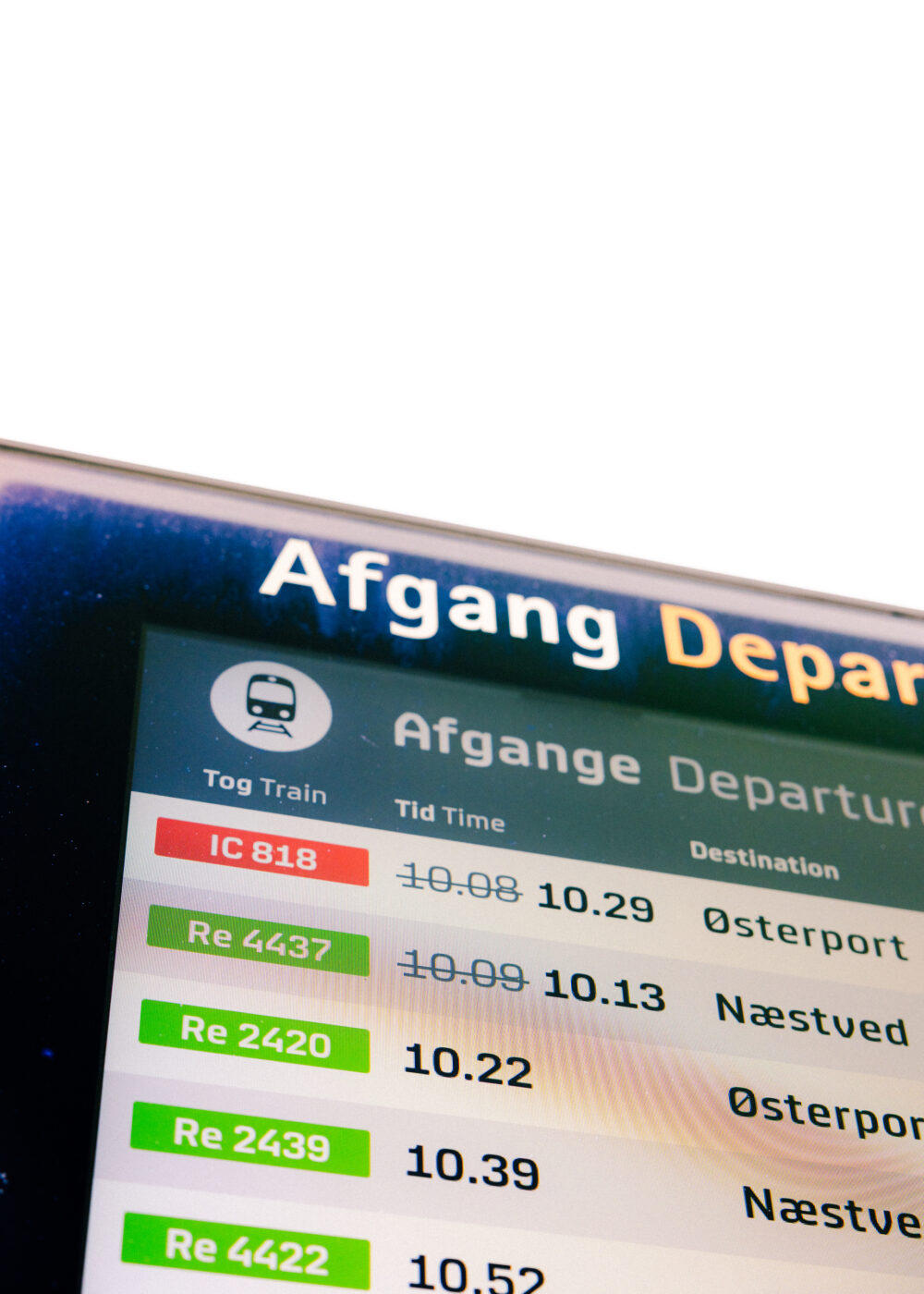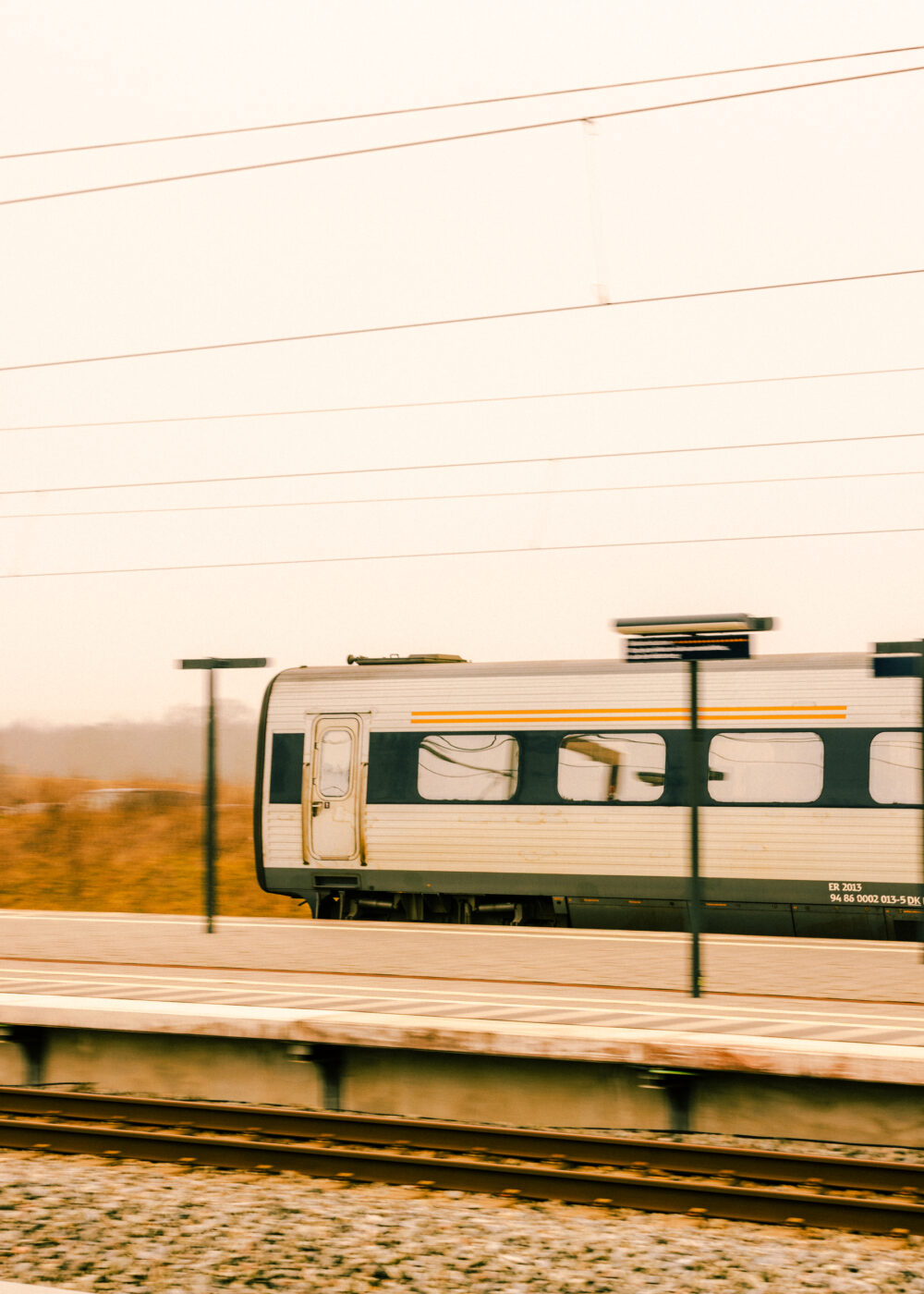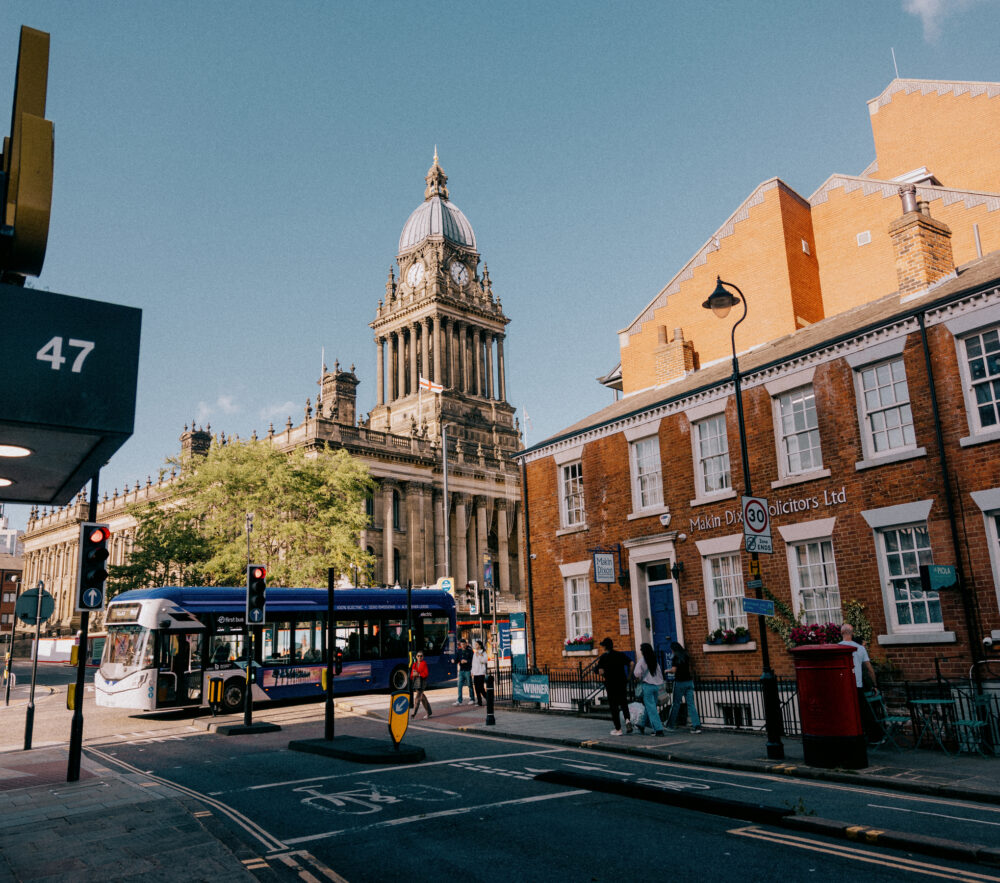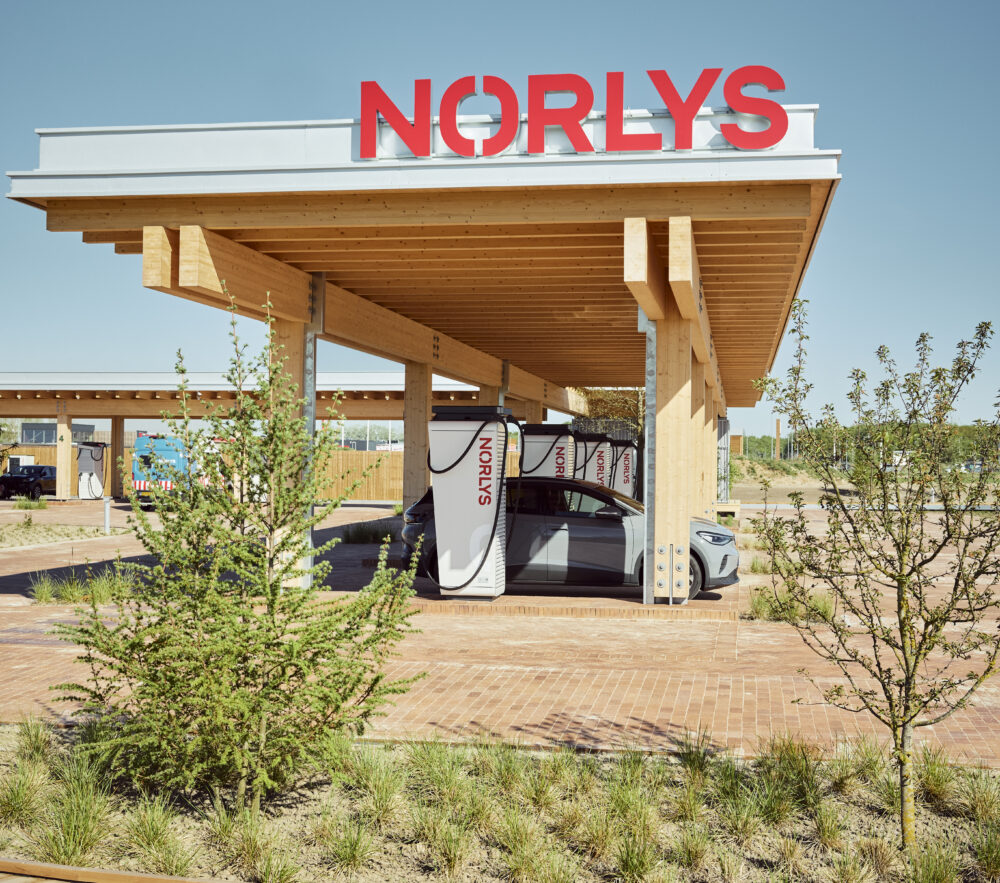We joined forces with DSB to create a tool that analyses not only singular events but also the bigger picture. Using real-time data, historical patterns, and contextual information, a swarm of AI models distributed nationwide was trained to estimate delays more accurately.
Instead of using a single large model, the swarm allowed DSB to implement the system one railway line at a time, addressing one issue without disrupting the models already in use.
The AI swarm is orchestrated by our PULSE platform. The platform monitors every train in real time, cleaning and processing train data before feeding it to the AI models making delay predictions. Simultaneously, PULSE tracks the AI swarm’s performance to ensure predictions are as accurate as possible.
While the system predicts train delays in a much more efficient way, ongoing enhancements will ensure even more timely information reaches every customer.
Drift, for instance, is a common feature of AI models. New information might emerge, or the circumstances in which the models work could change. However, the design of the AI swarm ensures that the necessary training of one model does not interrupt the rest of the system.
Mathias Engel, AI and data manager at Netcompany, advised DSB to adopt an experimental approach. This meant starting at a short but significant line to prove they had the right solution.
The first test was placed on Kystbanen, one of the most heavily used regional lines in the country with a lot of commuters using it each day.
»We needed to demonstrate that our solution worked on a line with a lot at stake. That is why we chose Kystbanen. Once we proved our solution was effective, we could implement it to another line. Another success meant yet another line was added,« Mathias Engel says.
As a train travels across the country, it passes through several models within the AI swarm along its route. Between each model, real-time forecast data is exchanged. Picture a handshake between each model initiated by the passing train. Mathias Engel puts it shortly:
»We can cover a train journey from start to finish with several models. Our system is more realistic, because it is powered by AI, and it takes how the train has already run into account before calculating if it can catch up with a delay.«
